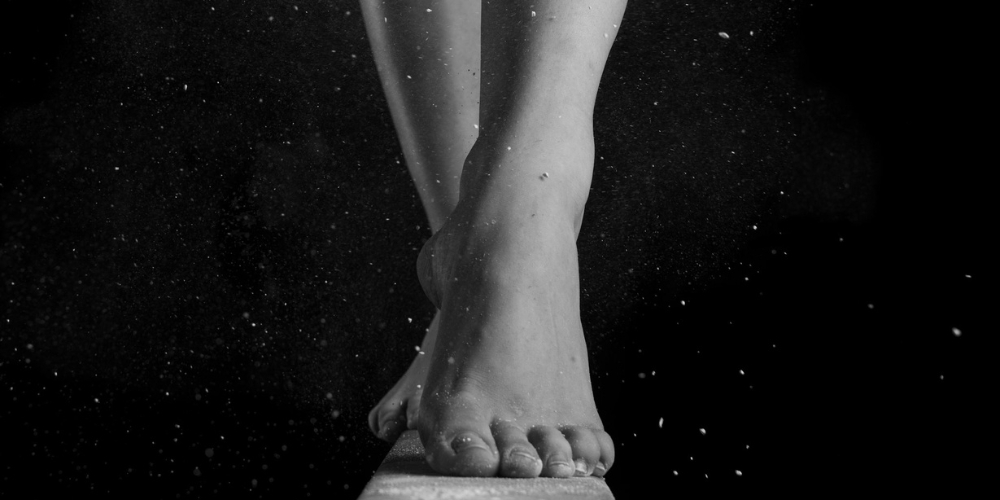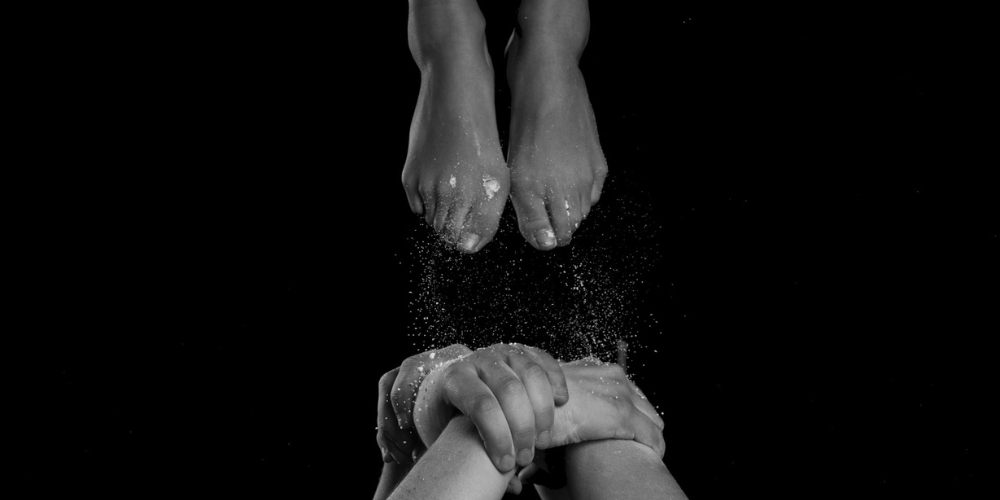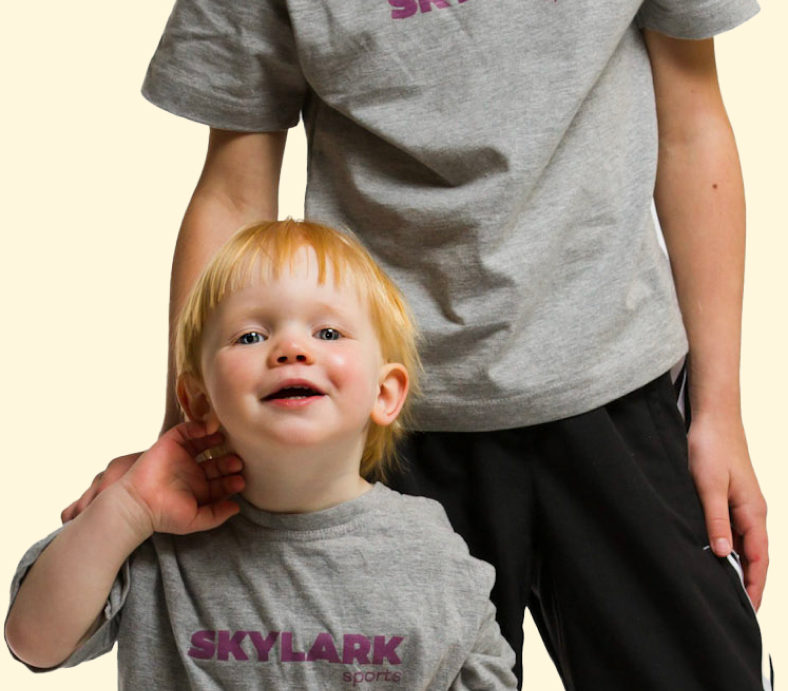What do gymnasts put on their hands? Well, the answer is quite simple: magnesium carbonate, or chalk as we fondly refer to it in the world of gymnastics. But let me take you on a journey to understand this seemingly ordinary substance a bit better...
As the owner of a gymnastics club, one of my least favourite things to hear during a training session is, "We're out of chalk." To be clear, we're never actually out of chalk. We keep it stashed in three different places just in case our inventory system fails us. But if, for some reason, we have to dip into the hidden stash, you can bet that the very next morning, I'll be heading to Amco Gymnastics for a bulk purchase (should I link this site? They are a close supplier we use). Chalk is as ubiquitous in gymnastics clubs as leotards and balance beams, and my club, Skylark Sports, is no exception.

Now, you might think of chalk as a basic, white powder, but trust me, it's far from ordinary. Magnesium carbonate is like a magician in the world of gymnastics. It's hygroscopic, which means it's fantastic at absorbing moisture. This quality is a real lifesaver for gymnasts and acrobats because it keeps their hands dry and their grip rock-solid. Chalk is the ultimate defence against the dreaded slipping that can occur when palms or feet turn into mini-slips 'n slides during a high-intensity routine.
In our gym, you'll find chalk in block and powder forms housed in those trusty old chalk buckets. Gymnasts habitually "chalking up" right over the bucket to catch some of the dust that inevitably sprinkles the floor, wreaking havoc on vacuum cleaners worldwide. If you ever venture into the depths of gymnastics owners' forums and search for "which vacuum cleaner will last more than six months," you'll quickly discover that options are disappointingly limited.
But here's the exciting part: liquid chalk, a relatively new addition to the game, has been gaining popularity. It's a specialized product containing a suspension of magnesium carbonate in alcohol. The magnesium carbonate is the same stuff you find in traditional powdered gymnastics chalk. Still, the alcohol acts as a carrier, allowing it to be applied as a liquid and then quickly drying to create that familiar chalk-like layer on the hands. Liquid chalk is a game-changer, offering a mess-free and longer-lasting grip. Unlike traditional chalk, which can rub off during intense routines or training sessions, liquid chalk keeps athletes sweat-free for longer.
And here's a fun tidbit: blackboard chalk may share a name with gymnastics chalk, but they're entirely different creatures. Blackboard chalk is typically made of calcium sulfate, leaving visible marks on the board due to friction. You won't catch gymnasts using blackboard chalk in their routines. However, you might spot coaches using it to draw on the floor, and you'll certainly find club owners scrubbing it off into the wee hours of the morning.

Gymnasts and acrobats are like artists with their chalk. They strategically apply it to their hands, feet, and any other points of contact with apparatus or fellow performers. The magnesium carbonate in chalk acts like a sponge, sopping up moisture and creating a dry, grippy surface. This seemingly unassuming white powder becomes a game-changer, allowing athletes to confidently execute manoeuvres precisely, regardless of how hot and sweaty things get in the performance arena.
Now, before each routine, gymnasts and acrobats have a little ritual known as "chalking up." It's a moment of focus and preparation where they meticulously apply chalk to their hands and other crucial points. The controlled application of chalk, whether it's in loose powder form, chalk blocks, or liquid chalk, is a highly personalized process. It lets athletes fine-tune their grip to meet the unique demands of their routine. As a coach, I've observed gymnasts using their "chalking up" time for all sorts of things—it's almost like the chalk bucket serves as the gym's water cooler. It's also an excellent spot to sneak in a breather from conditioning exercises, although I must say, athletes, we coaches do notice!
What do gymnasts put on their hands?
So, the next time you're awed by a flawless routine or a breathtaking acrobatic act, remember the invisible yet powerful presence of chalk—the secret ingredient that ensures a secure grip and makes the seemingly impossible, possible. It's not just a white powder; it's the gymnast's and acrobat's trusty ally in the pursuit of progress.

